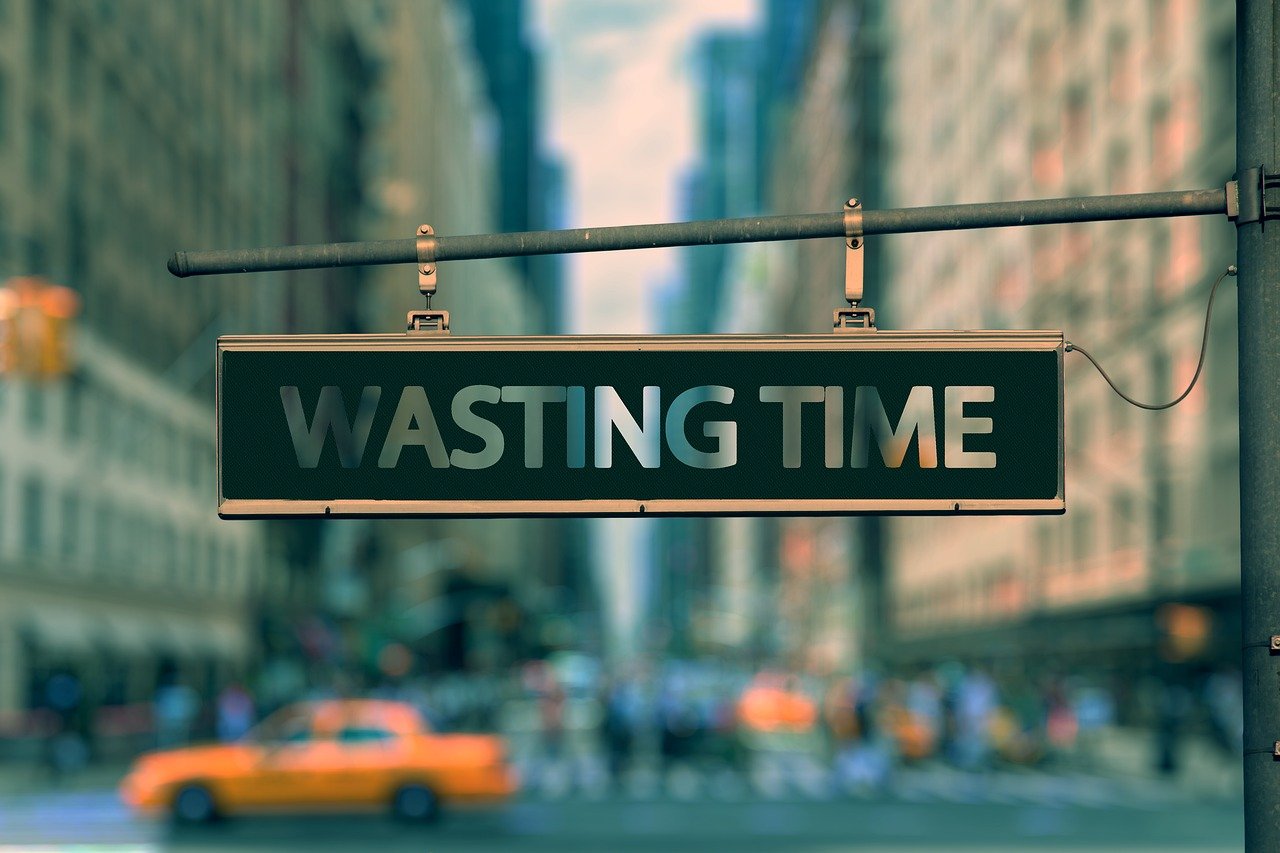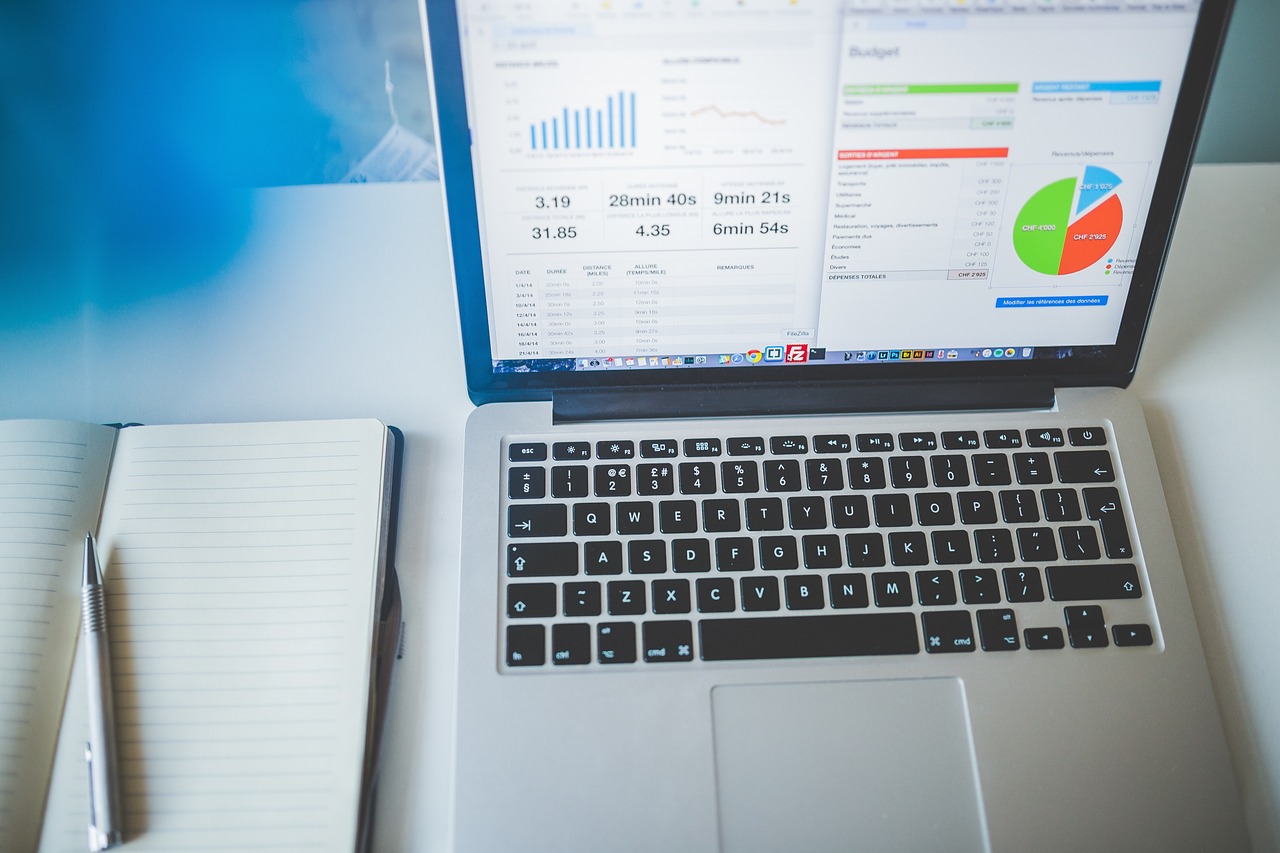In today’s fast-paced world, time is an incredibly valuable asset, especially for those who aspire to reach the pinnacle of success. Successful individuals are often distinguished not just by what they do, but by what they consciously avoid. Avoiding common yet subtle time-wasting activities can dramatically boost productivity, focus, and overall life satisfaction. With distractions evolving alongside technology, from endlessly scrolling through Instagram or Facebook to drowning in unproductive meetings, the ability to steer clear of such traps is paramount. In 2025, mastering time management means more than just working harder; it involves recognizing and eliminating inefficiencies that quietly consume precious moments.
Many people lose hours daily on activities that might feel harmless but accumulate significant delays in achieving goals. From excessive social media use and unnecessary internet browsing to frequent email checking and multitasking, these habits hijack attention and energy, leaving important tasks unfinished. Successful people develop strategies, boundaries, and systems to not only minimize these diversions but to cultivate environments where focus thrives. Moreover, understanding the psychology behind procrastination, digital distractions, and workplace interruptions can empower anyone to reclaim control over their schedule.
This article explores the biggest time-wasting activities that successful people consciously avoid and provides actionable insights to help readers enhance their productivity and well-being. With data highlighting how much time is lost daily to distractions, it is clear that awareness and deliberate behavior changes are essential. From controlling smartphone usage to minimizing excessive chatting and reducing the number of unproductive meetings, these practices can transform workflows and lift performance. As we navigate through different sections, we will explore each pitfall in detail, learn why successful people stay clear of them, and discover effective techniques to banish time wasters from daily routines.
How Successful People Avoid Social Media and Digital Distractions to Maximize Productivity
In a world dominated by platforms like Facebook, Instagram, Twitter, TikTok, and YouTube, it’s no surprise that social media is among the leading culprits of wasted time. Research indicates that the average person can lose nearly 43 work hours annually just by spending 10 minutes daily on these sites without purpose. While these platforms serve as vital tools for networking or relaxation, successful individuals recognize the trap of mindless scrolling and video bingeing, such as marathoning Netflix or playing TikTok videos endlessly.
One key strategy that successful people employ is setting strict time limits and using technology to enforce them. This might include apps or browser extensions that block access to social media sites during work hours or prompt a break when the usage exceeds predetermined limits. Additionally, designating specific times during the day to check social media helps avoid spontaneous distractions. For example, dedicating 15 minutes during lunch and once after work can satisfy social connection needs without fragmented attention.
Furthermore, successful individuals tend to engage in mindful consumption of content. Rather than falling prey to clickbait or gossip magazines surfacing in Facebook feeds, they actively choose the content that benefits their goals—such as educational videos on YouTube or insightful Twitter threads—while ignoring irrelevant noise.
Another overlooked area is the impact of mobile games like Candy Crush and similar online gaming apps, which can subtly erode focus throughout the day. Setting time boundaries or shifting to more fulfilling leisure activities like reading or physical exercise can help conserver precious mental energy.
- Use productivity tools to block or limit social media access during work hours.
- Allocate fixed times for checking Facebook, Instagram, Twitter, TikTok, and Netflix rather than sporadically.
- Practice selective content consumption aimed at learning or networking.
- Avoid addictive online gaming during focus periods.
| Distraction | Average Time Lost Per Day | Successful Habit to Combat |
|---|---|---|
| Facebook & Instagram | 20-30 minutes | Scheduled social media breaks |
| Twitter & YouTube | 15-25 minutes | Mindful, goal-oriented browsing |
| TikTok & Netflix | 30-45 minutes | Time blocking, usage limits |
| Candy Crush and Mobile Games | 10-20 minutes | Replacing gaming with purposeful breaks |

Procrastination and Unproductive Workflows: How Successful People Stay Ahead
Procrastination remains one of the most significant time wasters across all walks of life. Despite knowing tasks require attention, many individuals delay action, often leading to stress and rushed results. Successful people develop structured workflows that diminish hesitation and promote steady progress.
One of their key tactics is breaking down large, intimidating tasks into manageable segments. This method prevents overwhelm and organizes the day into achievable steps. For instance, instead of tackling an entire project at once, they focus on completing smaller milestones with distinct deadlines.
Another major trap is multitasking, often mistaken for efficiency. Studies reveal a decrease in productivity of up to 40% when switching between tasks frequently. Successful individuals avoid this by practicing single-tasking, consciously focusing on one task until completion before moving on. This approach reduces mistakes and mental fatigue.
To ensure momentum, they frequently employ time management methods like the Pomodoro Technique, which involves working in focused bursts (typically 25 minutes) followed by short breaks. Such rhythms maintain concentration and stave off burnout.
The importance of setting clear and realistic deadlines cannot be overstated. With well-defined goals and timelines, procrastination loses ground, and work progresses with purpose. Digital tools like goal planners and task management apps aid in tracking progress and reminding individuals about priorities.
- Divide projects into small, actionable steps with deadlines.
- Avoid multitasking; embrace single-task focus.
- Practice time-blocking techniques such as Pomodoro.
- Set and review measurable goals regularly.
| Procrastination Cause | Effective Strategy | Expected Outcome |
|---|---|---|
| Overwhelm by large tasks | Task breakdown and prioritization | Improved task approachability and motivation |
| Multitasking | Single-tasking focus | Higher accuracy and faster completion |
| Lack of deadlines | Setting realistic timelines | Increased accountability and progress |
Managing Communication Overload: Why Successful People Limit Emails, Chats, and Meetings
Successful individuals understand that one of the largest drains on their time is communication overload. Constantly checking emails, instant messages, and engaging in unstructured meetings diverts attention away from deep, meaningful work. According to studies, some workers check their email as frequently as 36 times per hour, fragmenting their focus and deteriorating productivity.
To tackle this, they implement diligent email management by scheduling limited, dedicated blocks during the day to review and respond to emails. This minimizes interruptions and supports greater concentration during non-email tasks. Disabling email notifications is another powerful tactic to reduce distractions.
In managing conversations through messaging apps or office chats, successful people set clear communication boundaries. These might include designated ‘office hours’ for addressing messages or using status indicators signaling unavailability. This practice helps avoid extended or unnecessary conversations that drain time without contributing to performance.
Meetings also figure prominently in time management challenges. While collaboration is crucial, unproductive or overly frequent meetings can consume disproportionate portions of the workweek. Successful organizations strive to make each meeting purposeful by creating clear agendas, inviting only essential participants, and limiting durations. Technology tools that track meeting time and effectiveness aid in maintaining focus and accountability.
- Designate specific times to check and respond to emails.
- Disable email and message notifications during work sprints.
- Set clear boundaries on chatting and texting during focused work.
- Ensure every meeting has an agenda, time limit, and relevant attendees.
| Communication Channel | Common Time-Wasting Problem | Successful Practice to Mitigate |
|---|---|---|
| Constant checking, over-response | Scheduled email windows, no notifications | |
| Instant Messaging & Texting | Excessive, off-topic conversations | Communication boundaries and set hours |
| Meetings | Unnecessary, unfocused gatherings | Clear agendas and focused scheduling |
How Successful People Combat Disorganization and Maintain Focus
Chaos and clutter—whether physical or digital—can be silent productivity killers. Disorganization means searching for misplaced documents, losing track of deadlines, and redoing work, all of which consume precious time. Successful people demonstrate discipline in maintaining order and streamlining their workflows.
First, they engage in regular decluttering sessions for their physical workspace, eliminating unnecessary items and organizing essentials into smart storage systems. A clean desk fosters mental clarity and reduces distraction. Digitally, folder structures, labeling systems, and cloud-based file storage ensure that information is accessible swiftly.
Developing consistent routines and habits for daily and weekly tasks is also crucial. Successful people block time for planning, reviewing priorities, and tidying up at regular intervals, allowing for smoother transitions and less wasted effort hunting for items.
Leveraging technology tools such as project management software and calendar apps to schedule tasks, deadlines, and reminders mitigates chaotic workflows and avoids burnout. For instance, digital task boards like those offered by tools such as Asana or Trello help in visually tracking progress and priorities.
- Perform regular physical and digital decluttering.
- Create and maintain consistent routines for organization.
- Use task management apps to track and prioritize responsibilities.
- Establish clear filing and labeling systems for easy retrieval.
| Disorganization Aspect | Impact on Productivity | Successful Habits to Implement |
|---|---|---|
| Physical clutter | Lost documents, distraction | Regular decluttering, designated storage spots |
| Digital files | Time wasted searching, duplicates | Structured folders, cloud storage |
| Unscheduled tasks | Missed deadlines, forgotten priorities | Planning sessions, task management apps |

Why Successful People Avoid Excessive Meetings and Manage Their Time Efficiently
Meetings, though often necessary, can become the biggest black hole for time when poorly planned or excessive. Executive personnel today spend an average of 23 hours a week in meetings, a dramatic increase from less than 10 hours in the 1960s. Poorly structured meetings waste not only time but also morale and innovation potential.
Successful leaders ensure meetings are purpose-driven, with well-defined objectives outlined in advance. They invite only essential participants, respecting others’ time and reducing unnecessary chatter. Time limits are strictly observed, and follow-up actions are clearly assigned.
Avoiding meeting overload also means questioning the need for some gatherings. Sometimes, the same information can be shared just as effectively through emails or collaborative digital documents. By opting for alternatives where appropriate, leaders preserve time for focused work.
Remote and hybrid work models in 2025 have introduced new tools for scheduling and running efficient virtual meetings. Platforms like Zoom, Microsoft Teams, and Slack enable asynchronous communications and careful meeting orchestration to maximize productivity.
- Prepare and distribute a concise agenda ahead of time.
- Limit attendees to those critical to the discussion.
- Set strict time boundaries and enforce them.
- Evaluate meeting necessity versus alternatives like emails.
| Meeting Challenge | Impact | Effective Solutions |
|---|---|---|
| Lengthy, unclear meetings | Lost time, decreased focus | Clear agendas, time limits |
| Too many participants | Reduced efficiency, distractions | Invite only essential personnel |
| Unnecessary meetings | Lost work hours | Use alternatives such as emails/document sharing |
Frequently Asked Questions About Avoiding Time Wasters
- How significantly do distractions like social media and emails impact productivity?
Distractions can consume up to 2-3 hours daily for many workers, severely lowering productivity and focus according to surveys and studies. - What steps can help reduce excessive smartphone usage during work?
Limiting phone checks to set times, turning off non-essential notifications, and using apps that block distractions help maintain focus during work hours. - How do successful people handle excessive emailing?
They schedule fixed periods to read and respond to emails and avoid constantly checking their inboxes, helping minimize interruptions and boost concentration. - Why is multitasking detrimental to getting work done?
Multitasking divides attention and typically lowers productivity by up to 40%, increasing errors and prolonging task completion time. - What strategies can combat disorganization at the workplace?
Regular decluttering, creating consistent routines, and adopting digital and physical organizational tools ensure smooth workflows and minimize lost time.

